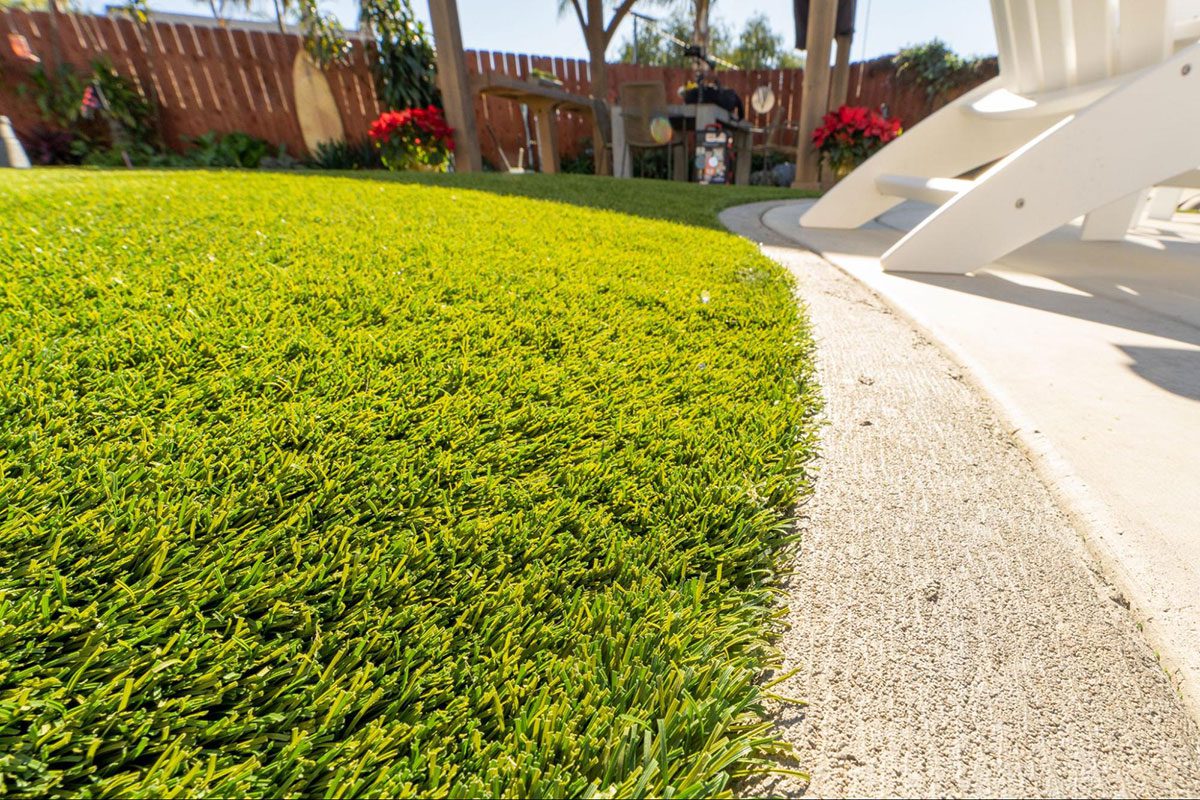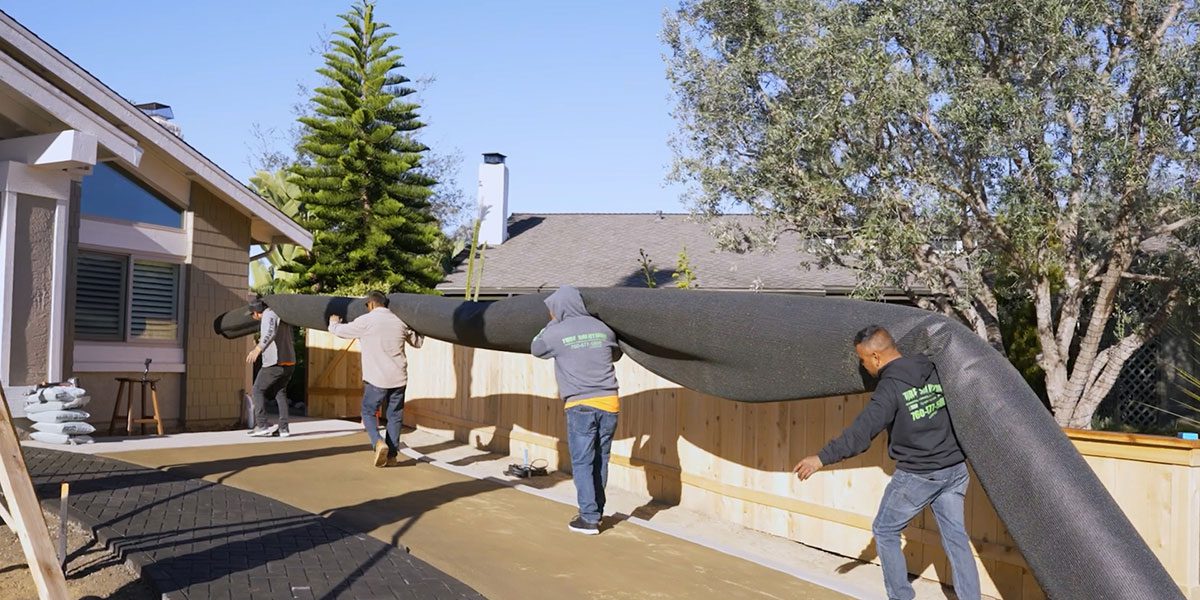If you’re looking for a low-maintenance, green lawn without the hassle of mowing, watering, and weeding, then artificial turf might be the perfect solution for you. Artificial turf has come a long way in recent years, and with its natural look and feel, it’s becoming an increasingly popular choice for homeowners. In this guide, we’ll walk you through the steps of installing artificial turf yourself, from preparing the area to adding infill and maintaining your new lawn.
Installing artificial turf may seem daunting, but with the right tools and instructions, it’s a project that can be tackled by anyone. Before you start, you’ll need to gather some tools, including a measuring tape, spray paint or stakes, a shovel, a rake, a roller, a weed barrier, turf adhesive, landscape nails, a utility knife, and a turf brush. Once you have your tools, you can follow these steps to install artificial turf for the perfect lawn.
How to install artificial turf
Artificial turf is a great way to add a touch of greenery to your space without the maintenance required by natural grass. If you’re considering installing artificial turf, it’s important to do it correctly to ensure it lasts and looks great. In this guide, we’ll take you through the steps of how to install artificial turf, from preparing the area to laying and trimming the turf, to adding infill and maintaining it. By following these steps, you’ll have a beautiful and functional artificial turf that will last for years to come.
Step 1: Prepare the area for installation
Before installing artificial turf, you’ll need to prepare the area where it will be installed. The first step is to measure and mark the area with spray paint or stakes. Use a measuring tape to determine the length and width of the area, and add an additional 2-3 inches to each measurement to account for trimming later. Mark the perimeter of the area with spray paint or stakes to give you a clear outline of where the turf will be installed.
The next step is to remove any existing grass or debris from the area. Use a shovel to remove any large debris, and then use a rake to remove the remaining grass and debris. Once the area is clear, use a roller to level the ground. A level and stable base is crucial for a successful installation.
Finally, install a weed barrier to prevent weeds from growing through the turf. Lay the weed barrier over the prepared area, making sure to overlap any seams by at least 6 inches. Secure the weed barrier in place using landscape nails.
Step 2: Lay, cut, and trim the artificial turf
After preparing the area, you can start laying the artificial turf. Unroll the turf and position it over the prepared area, making sure that it overlaps the edges of the area by at least 2-3 inches. This will allow for trimming later.
Once you have the turf positioned correctly, use a utility knife to cut it to fit the area. Make sure to keep the blade direction consistent throughout the installation to ensure a seamless look. Trim the edges of the turf to fit the area, leaving them a little long to allow for trimming later.
Next, secure the turf in place using a turf adhesive. Apply the adhesive along the edges of the turf, making sure to apply it evenly. Press the turf down firmly to ensure it adheres to the adhesive. Once the adhesive has dried, secure the turf in place using landscape nails, spacing them out every 6-8 inches along the perimeter of the turf.
Step 3: Add infill and maintain the turf
Once the turf is in place, it’s time to add infill to help weigh it down and give it a more realistic feel. Spread the infill evenly over the turf using a broom or a turf brush, making sure to work it into the fibers of the turf. This will help the turf stand up and look more natural.
After adding infill, use a turf brush to groom the turf. This will help the fibers stand up straight and give the turf a more realistic appearance. To maintain the turf, simply brush it periodically to keep the fibers standing up straight and to remove any debris that may have accumulated on the surface.
Where you can install artificial turf:
- Playgrounds
- Lawns and landscaping
- Indoor and outdoor sports
- Gym flooring
- Around pool decks
- For dogs and other pets
- Putting greens
Tips for installing artificial turf yourself
Are you considering installing artificial turf yourself? While it may seem daunting, with the right tips and guidance, you can achieve a professional-looking result. In this section, we’ll share some valuable tips to help you install your own artificial turf. From choosing the right turf and infill for your needs to preparing a solid substrate and trimming the edges, we’ve got you covered. Read on to learn more about the key steps to take to ensure a successful DIY installation.

Choose turf and infill based on expected use
Artificial turf comes in various shapes, sizes, and materials, and choosing the right one depends on your intended use. For example, if you have pets, you’ll need a turf that’s durable, pet-friendly, and can drain urine easily. Similarly, if you plan on using the turf for sports, you’ll need a turf with a short pile height and excellent traction.
Infill is an essential component of artificial turf that provides stability, drainage, and cushioning. You can choose from materials like silica sand, rubber, or a combination of both. Make sure to select an infill that complements your turf type and intended use.
Kill existing grass safely
Before installing artificial turf, you’ll need to remove any existing grass or vegetation from your lawn. To do this, you can use an herbicide or a sod cutter. If you opt for an herbicide, make sure to choose a non-selective one that kills all plant life. Follow the manufacturer’s instructions carefully to avoid harming the environment or other plants.
Prepare a solid substrate
A stable and even substrate is crucial for a successful turf installation. Start by removing any debris, rocks, or roots from the area. Then, compact the soil with a plate compactor to create a solid base. If your lawn has drainage issues, you can install a drainage system or add a layer of crushed stone to improve water flow.
Keep blade direction consistent
When installing artificial turf, it’s essential to keep the blade direction consistent. This means that all the blades should face the same direction for a uniform look. Start by laying the turf on top of the substrate and trimming it to size. Then, fold back one half of the turf and spread adhesive on the substrate. Finally, fold back the other half of the turf and repeat the process.
Trim edges long
Trimming the edges of your turf is the final step in the installation process. To ensure a clean and polished look, trim the edges long and fold them under the turf. Use a utility knife or a pair of scissors to trim the edges and make sure to leave enough room for the infill.
Spread infill and brush in
Once your turf is installed and trimmed, it’s time to add infill. Spread the infill evenly across the turf using a spreader or your hands. Then, use a power broom or a stiff-bristled brush to work the infill into the turf. This step will help the blades stand upright and provide cushioning and drainage.
Frequently Asked Questions
Making the decision to install artificial turf can be a big one, whether it’s for your home or business. It’s understandable to have questions and concerns about the installation process, and in this section, we’ll take a closer look at some of the most frequently asked questions about installing artificial turf.
How much does artificial turf cost?
The cost of artificial turf can vary depending on a variety of factors, such as the quality of the turf, the brand, and the size of your lawn or project. On average, you can expect to pay between $5 and $20 per square foot for the turf alone. However, keep in mind that other costs, such as infill, edging, and installation, can add to the total cost. If you decide to hire a professional installer, the cost will likely be higher.
How much does it cost to install turf?
The cost of installing artificial turf can also vary depending on several factors, including the size and complexity of the project, the quality of the turf, and whether you hire a professional or do it yourself. On average, you can expect to pay between $2 and $8 per square foot for installation. However, keep in mind that this is just an estimate, and your actual cost may be higher or lower depending on your specific project.
How long does it take to install artificial turf?
The time it takes to install artificial turf can vary depending on several factors, such as the size of the area, the complexity of the project, and the level of experience of the installer. If you decide to install the turf yourself, you can expect the process to take anywhere from a few days to a week, depending on the size of the area and the amount of preparation needed.
Can I install artificial turf on a slope or hill?
Yes, you can install artificial turf on a slope or hill, but it requires additional preparation and installation techniques. The installation process for a sloped area will be more complex, as the turf must be anchored and secured properly to prevent it from sliding or shifting. We recommend hiring a professional installer who has experience working on sloped areas to ensure a successful installation.
How often do I need to maintain my artificial turf?
One of the main benefits of artificial turf is that it requires minimal maintenance compared to natural grass. However, regular maintenance is still necessary to keep the turf looking its best and to ensure its longevity. We recommend sweeping or using a leaf blower to remove debris, hosing down the turf to remove dirt and dust, and brushing the blades to keep them upright. Depending on the amount of foot traffic, you may also need to add additional infill or groom the turf to keep it looking fresh.
Can I install artificial turf on top of concrete or asphalt?
Yes, you can install artificial turf on top of concrete or asphalt. However, you will need to make sure that the surface is clean, level, and free of any cracks or damage. You may also need to add a layer of padding or cushioning to provide additional shock absorption and drainage. It’s important to note that installing turf on a hard surface may require additional installation techniques, such as using adhesive or stakes to secure the turf. We recommend consulting with a professional installer to ensure a successful installation.
Related resources:
- Where you can use artificial grass
- Cost of artificial grass
- How to choose the best artificial grass
- How to clean artificial grass
- Water bill savings with artificial grass
- How long does artificial turf last?
- Artificial turf supplies
- Artificial grass vs real grass
- Pros and cons of artificial grass
- Artificial grass installation guide
- Does artificial grass fade?
- Does artificial grass need water?
- How to install artificial turf



